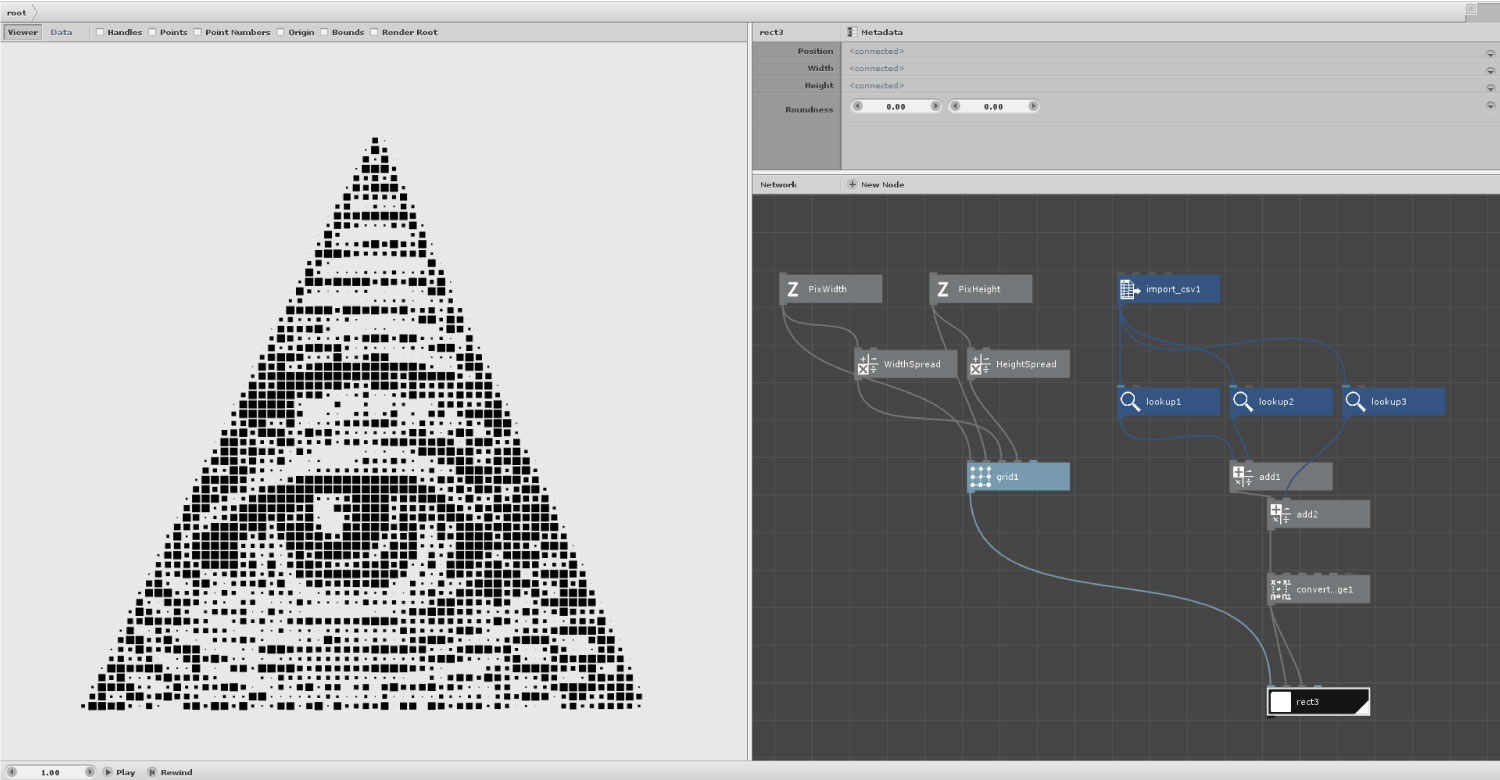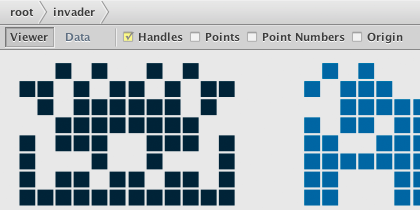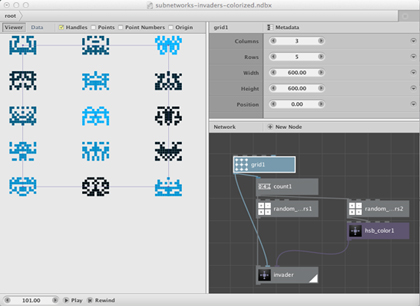

Fortunately the correct formula (in many different programming languages) appears on the Open Street Map Wiki: Confused? I was – as were many others before me. To convert you need to use a spherical pseudo-Mercator projection (not the true oblate ellipsoid Mercator projection). OSM stores its data using the same geographic coordinate system ( EPSG 4326) used by GPS devices, but uses a different projected coordinate system ( EPSG 3857) when creating its map tiles. I got my original island boundary from Open Street Map. There are different ways of projecting coordinates onto a flat surface and when you get down to the street level you need to get everything exactly right – especially when overlaying boundaries from different sources. I spend hours muttering and pulling my hair until I realize that the formula I’m using does not properly account for the curvature of the earth. When I convert each list to X,Y coordinates and overlay the paths, they don’t quite fit at first. I can now pull up my own Alameda map outline in NodeBox. Each tract boundary is defined by a long list of longitudes and latitudes.

Using the Census Reporter site to identify tract numbers, I reduce the 372 tracts in Alameda County to the 14 on the main island of Alameda.

#NODEBOX NETWORK DATA HOW TO#
These sites do a great job at producing pre-made tables and choropleths, but I want to learn how to do it myself.Īfter much hunting I find raw tract boundaries in a downloadable CSV file from the Alameda County Data Sharing Initiative.
#NODEBOX NETWORK DATA FREE#
The main island of Alameda is divided into fourteen tracts which in turn are divided into fifty block groups.Īll this data is free to the public and accessible via public APIs, but the government web sites are so sprawling and complex that most people access them through intermediary sites like Knight-Ridder’s Census Reporter. To do its work the Census Bureau divides the country into regions, states, counties, cities, tracts, and block groups and gathers data at each level. For this I turn to the ultimate source of geographical data within the United States: the U. To do this I will need to find boundaries within Alameda that I can associate with data of some kind. I will use public APIs to turn my Isle of Alameda into a “ choropleth“, a map which displays areas that are colored or patterned in relation to data. In this post I will simultaneously have Fun With Data and Fun With Maps.


 0 kommentar(er)
0 kommentar(er)
